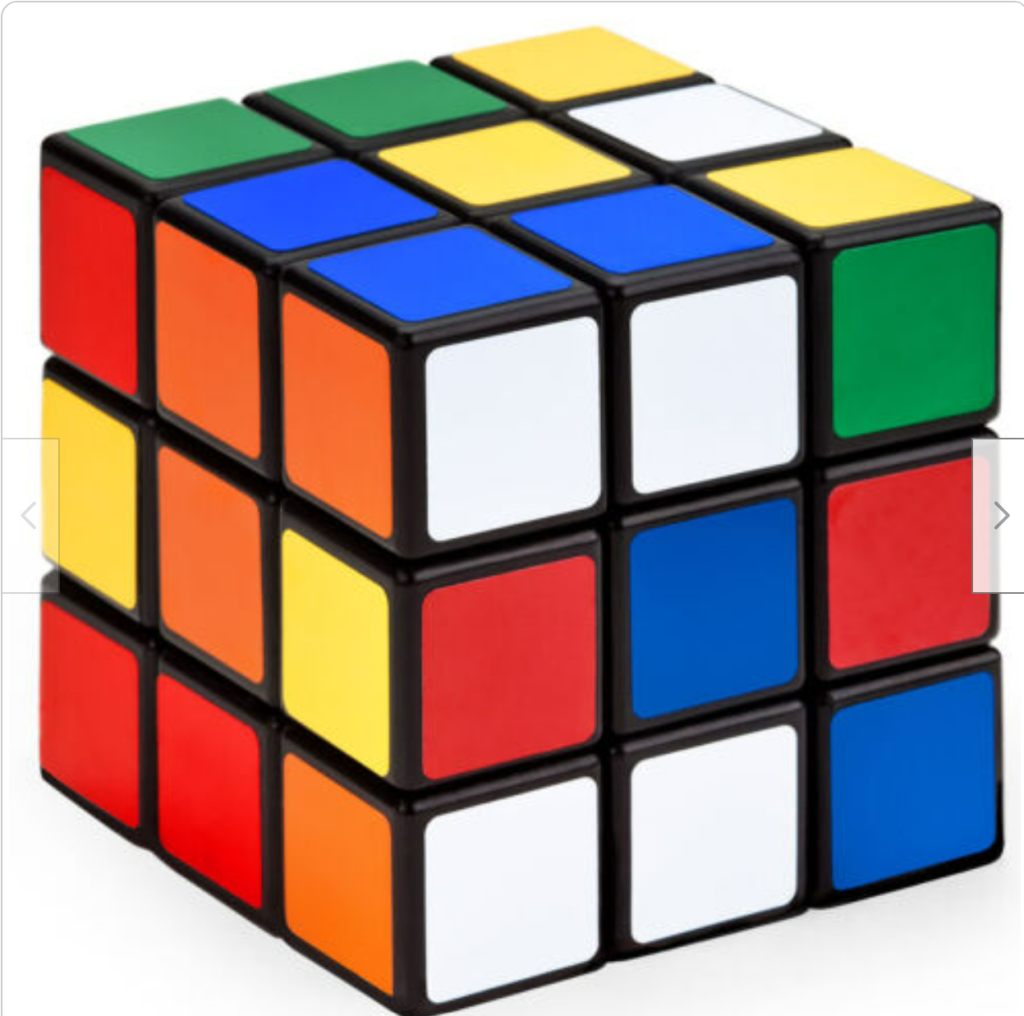The Rubik’s Cube is a classic puzzle game that has been around for over four decades. It was invented by Erno Rubik, a Hungarian sculptor and professor of architecture, in 1974. The Rubik’s Cube consists of 6 faces, each with 9 colored squares. The goal of the puzzle is to solve it by rotating the faces and aligning the squares so that each face is a single color.
Over the years, many algorithms have been developed to solve the Rubik’s Cube. In this blog post, we will discuss the most popular algorithm for solving the Rubik’s Cube, called the CFOP method.

CFOP Method
The CFOP method, also known as the Fridrich method, is a popular algorithm used by speedcubers to solve the Rubik’s Cube. The CFOP method consists of four stages:
Cross
The first step of the CFOP method is to solve the cross. This is done by manipulating the cube so that a cross of the same color is formed on one face. This step is crucial as it forms the foundation for the rest of the algorithm.
F2L (First Two Layers)
The second step of the CFOP method is to solve the first two layers. This is done by pairing the edge and corner pieces of the same color and inserting them into their correct positions. This step requires some practice and can be quite challenging for beginners.
OLL (Orientation of the Last Layer)
The third step of the CFOP method is to orient the last layer. This is done by manipulating the cube so that all the squares on the last layer are of the same color. There are 57 different OLL cases, each requiring a different algorithm to solve.
PLL (Permutation of the Last Layer)
The final step of the CFOP method is to permute the last layer. This is done by manipulating the cube so that all the squares on the last layer are in their correct positions. There are 21 different PLL cases, each requiring a different algorithm to solve.
Tips for Solving the Rubik’s Cube:
- Practice, Practice, Practice
Like any skill, solving the Rubik’s Cube requires practice. Start with the basic algorithms and slowly work your way up to more complex ones.
- Memorize the Algorithms
Memorizing the algorithms is essential for solving the Rubik’s Cube quickly. Start by memorizing the algorithms for the cross, then move on to F2L, OLL, and PLL.
- Look Ahead
To solve the Rubik’s Cube quickly, you need to be able to look ahead and anticipate the next move. Try to plan your moves ahead of time to avoid pauses and mistakes.
- Use a Timer
Using a timer can help you track your progress and improve your solving speed. There are many free Rubik’s Cube timers available online.
The CFOP method is the most popular algorithm for solving the Rubik’s Cube. It consists of four stages: Cross, F2L, OLL, and PLL. Solving the Rubik’s Cube requires practice, memorization of the algorithms, looking ahead, and using a timer. With these tips, you’ll be able to solve the Rubik’s Cube in no time!


